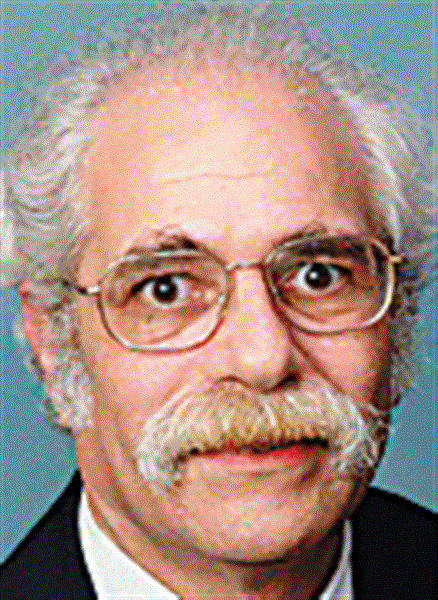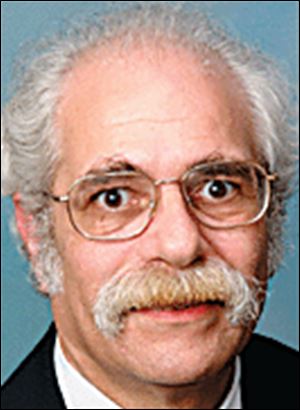
Toledo Police Chief Navarre defends red-light cameras
4/21/2005
Gamso
COLUMBUS - Toledo Police Chief Mike Navarre told an Ohio House committee yesterday that proposed restrictions on the operation of red-light cameras would kill the program and likely lead to an increase in serious accidents.
But the American Civil Liberties Union of Ohio questioned the constitutionality of the camera process and suggested there is no proof they actually prevent accidents.
The committee is considering a bill, sponsored by Rep. Jim Raussen (R., Cincinnati), that would prohibit the state and local governments from issuing tickets to drivers caught in the act of running a stoplight by a camera unless a police officer is on scene to hand it to them.
The issue has rekindled debate on the use of such cameras, 22 of which Toledo has installed at 14 high-risk intersections. Six of the cameras also have speed sensors.
The city's share of the resulting fines last year came to $279,700, but the chief told the committee that safety, not money, is the motivation.

Gamso
"We didn't care about revenue," he said. "We never talked about revenue. Is there revenue? Sure. That's one of the fortunate by-products of enforcement."
The city keeps 25 percent of the $95 ticket, which is issued by mail. The remaining 75 percent is kept by Arizona-based Redflex Traffic Systems, which operates the cameras at no cost to the city.
The program treats an offense as a civil violation since no police officer is present to witness the act.
The cameras are designed to capture the vehicle's rear license plate inside the intersection with the light clearly showing red above the car.
The citation is mailed to the vehicle's owner, regardless of whether the owner was driving at the time. Unlike a criminal citation for the same offense witnessed by a police officer, no points are assessed against the driver's record and his insurance company is not notified.
The chief suggested the cameras are just another new form of technology to help law enforcement, no different than DNA and fingerprint databases.
Dayton, which also has the cameras, and Columbus, which wants them, also defended the program and questioned the authority of the state to impose restrictions on the authority of home-rule communities.
Jeff Gamso of Toledo, legal director of ACLU Ohio, suggested the program unconstitutionally places the burden of proof on the defendant. He also raised the specter of Big Brother.
"I understand the cameras are not being run to keep track of everybody but that is the potential," he said. "It's another step in our surveillance society."
Rep. Steve Reinhard (R., Bucyrus) - chairman of the House Transportation, Public Safety, and Homeland Security Committee - said he hopes to report some version of the bill to the full House before the General Assembly recesses for the summer in June.
Rep. Annie Keys (D., Cleveland) is no fan of Toledo's cameras. She said she receives calls from her constituents caught by digital cameras as they passed through Toledo.
"These are working people," she said. "They don't have time to go back to Toledo to argue that case."
Mr. Navarre told the committee that the number of accidents at targeted intersections have dropped 25.9 percent compared to a prior three-year average. While conceding other factors may play a role in the decline, he said he would expect an equal increase if drivers know the cameras have been removed.
Contact Jim Provance at:
jprovance@theblade.com,
or 614-221-0496.